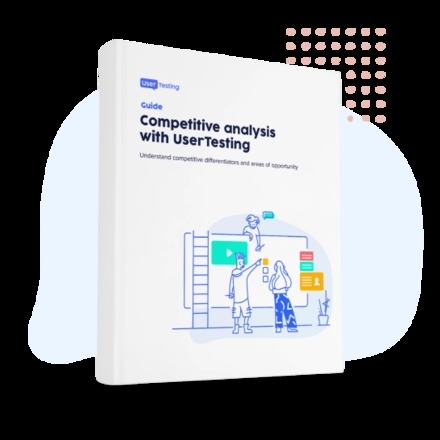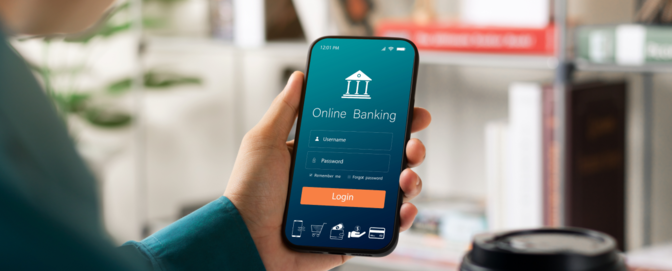
3 popular longitudinal studies

In recent years, UserTesting customers made higher investments in discovery research and complex user flow validation, evidenced by more in-depth, lengthier studies. Across industry and company size, we found these three types of longitudinal studies that stood out as customer favorites.
1. Discovery studies: Understanding user needs and motivations
Discovery research can capture participants’ top-of-mind desires and needs. Conducting this research over time to capture organic behavior allows you to not only validate unmet needs, but also observe participants’ lifestyle, habits, and motivations. This allows for the opportunity to extrapolate observed behavior that the participants may not notice or report. Our customers gathered insights through these studies to influence product roadmap decisions, or serve as a means to empathize with the user. Diary studies are perfect for collecting participants’ behavior and reflections. In diary studies, participants are provided a means to regularly share their experience in response to a prompt and questions. UserTesting customers can select from a variety of mediums to gather these “diary” entries, from video footage of their activities to video entries of their responses.
Our customers gathered insights around:
- Decision-making:
- What prompted participants to take a specific action?
- What trade-offs, if any, were considered when deciding between 2 (or more) choices?
- Product usage:
- What is the frequency of usage, and what influences fluctuations in usage?
- Does the experience of using the product change when it’s being used under different circumstances?
- Why might participants decide against using the product?
- Everyday habits:
- What are the participants’ goals, and how are they working toward achieving said goals?
- What’s impeding participants from achieving their goals? What’s helping them?
First-time user experience studies: How first-time experiences impact adoption and retention
First-time user experience is one of the main factors that influence the usage of a product or experience. However, just a usability study on first-time user experiences sheds little light on usage behavior after the onboarding stage. Longitudinal studies can capture the experience after the onboarding stage to better understand how that first experience influences future usage. This type of study is also especially helpful if new features are pushed during the first days of using the product. Insights can also be captured around how well product features align with needs. UserTesting customers observe these experiences by using the desktop and mobile screen recorders to capture product usage on multiple days and elicit user feedback on their experience over time.
Our customers gathered insights around:
- “Stickiness”
- How well does the product address a need?
- What are the areas of opportunity that can be used to increase usage and retention?
- Accuracy of onboarding experience
- Is the right message and value proposition communicated in the first-time user experience?
- Are the next steps to using the product clear? Are they attractive?
- How is user retention influenced, if at all, by the first-time user experience?
- Learning curve
- How difficult or easy is it to learn the product or experience?
- What is the learning curve like? Is a steep learning curve deterring first-time users, or making the product less attractive?
- How can the learning curve be flattened?
Omnichannel studies: Understanding the intersection between the physical and digital worlds
Omnichannel experiences were continued areas of growth for our customers. While usability studies can help you optimize each of your channels, omnichannel studies help validate the connective experience between subsequent channels. It’s important to understand how well the product fits into the landscape for that experience. Whether it’s using an app to call a ride or in-store experiences like BOPIS (buy online, pickup in-store), breakdowns in these experiences can cause frustrations and extra time. With fragmented experiences, extra effort needs to be made to support the user and help them accomplish their goal. In the worst-case scenario, the experience is abandoned altogether. Omnichannel studies help bring these breakdowns to light. UserTesting customers observe these experiences by using a combination of the platform’s screen recorders and the participant’s front-facing camera to capture participants’ usage and impressions of channels throughout their experience, from desktop to mobile, to beyond the device.
Our customers gathered insights around:
- Seamlessness
- Is the experience seamless from one channel to the next?
- What, if anything, can make the transitions between channels smoother?
- Expectations
- After completing an interaction with a channel, are the next steps clear?
- Are the expectations set by the preceding channel in the experience met?
- Completion
- How willing or not, are participants to want to move forward through next steps?
- Why might participants want to terminate the desired flow and proceed through another means to complete the experience?
Looking ahead
In this upcoming year, we expect research goals in longitudinal studies to evolve with the upcoming technological and retail advancements. With the growing familiarity with technologies like artificial intelligence and augmented reality, it’s likely that there will be a greater focus on the effect these advancements have on everyday life. The evolution of retail experiences, like Amazon Go and Nordstrom Local, will also begin to influence perceptions and expectations of shopping experiences.

Competitive analysis with UserTesting
Learn how UserTesting can help you better understand your competitive differentiators and identify areas of opportunity.





